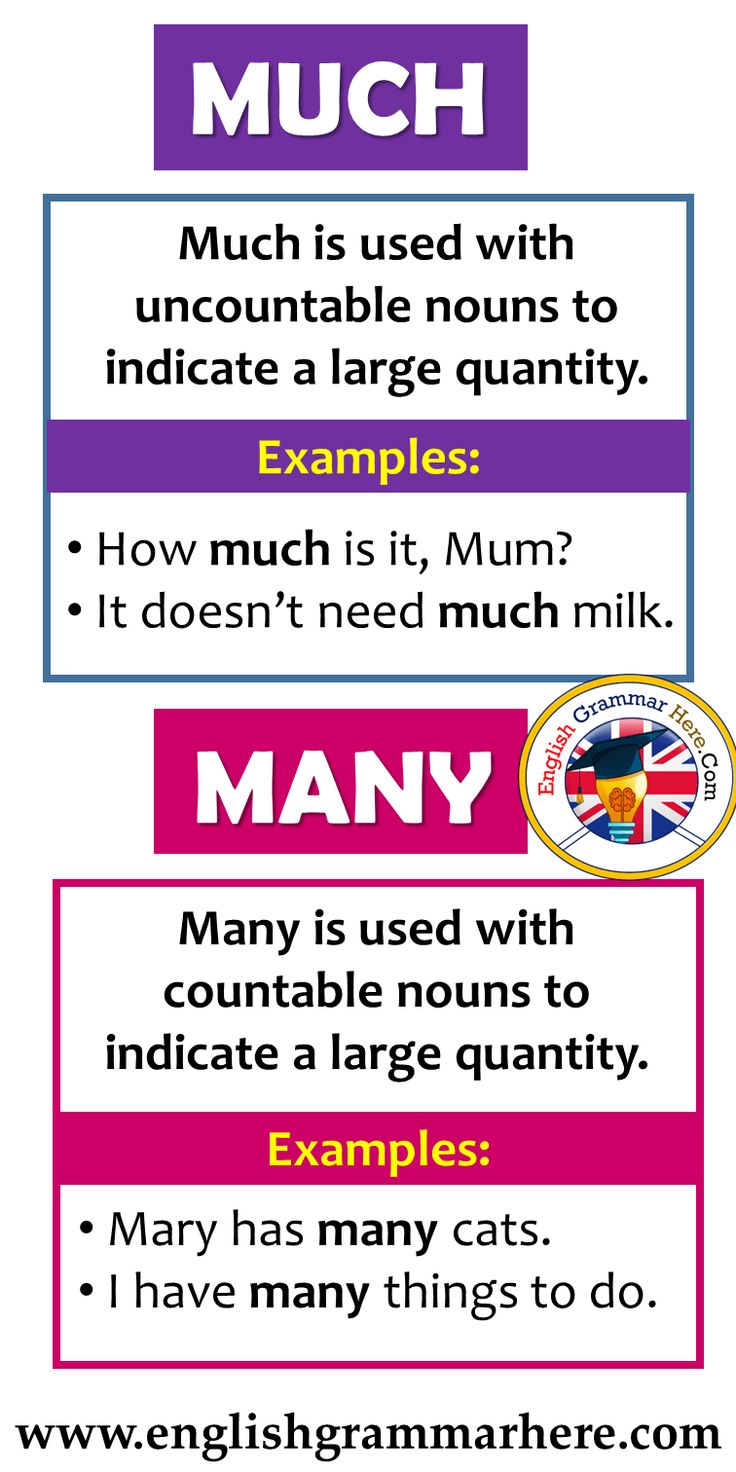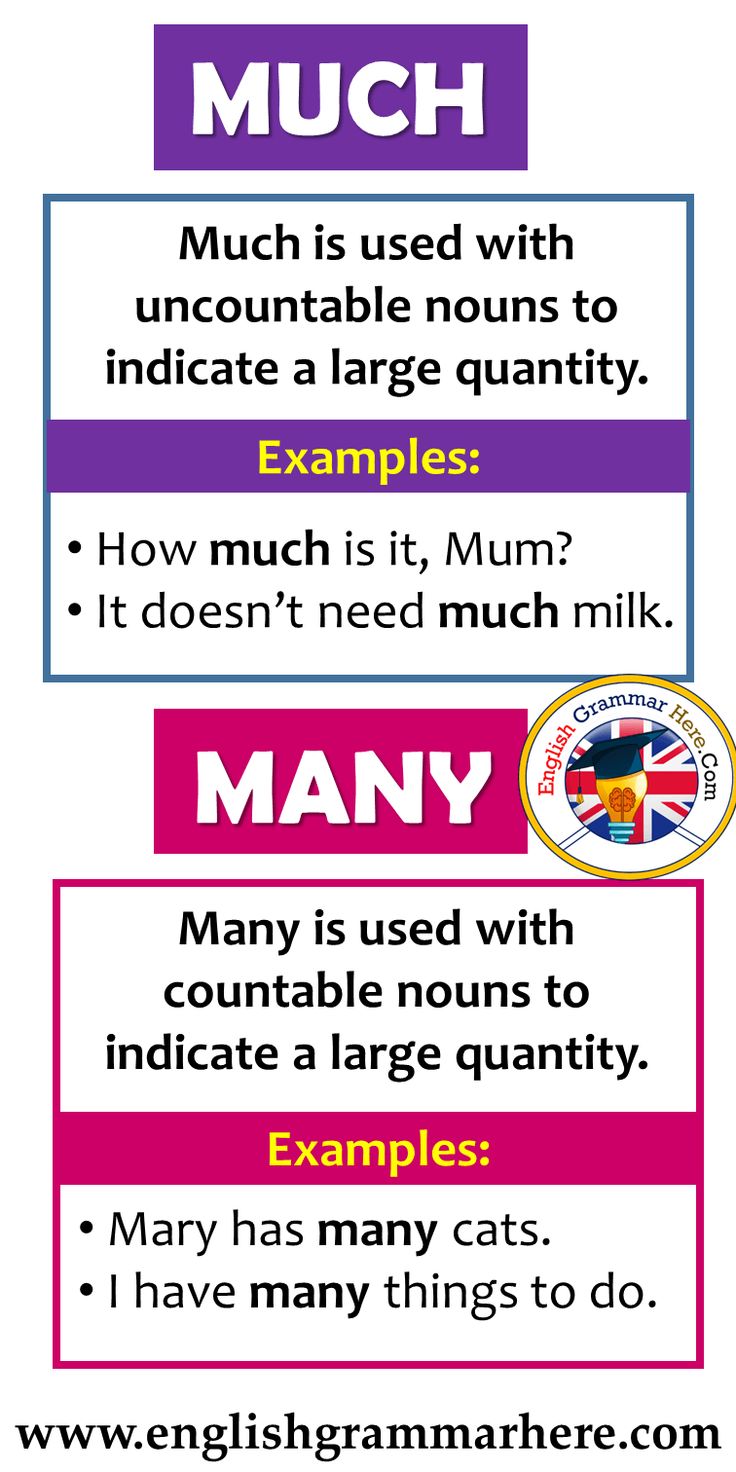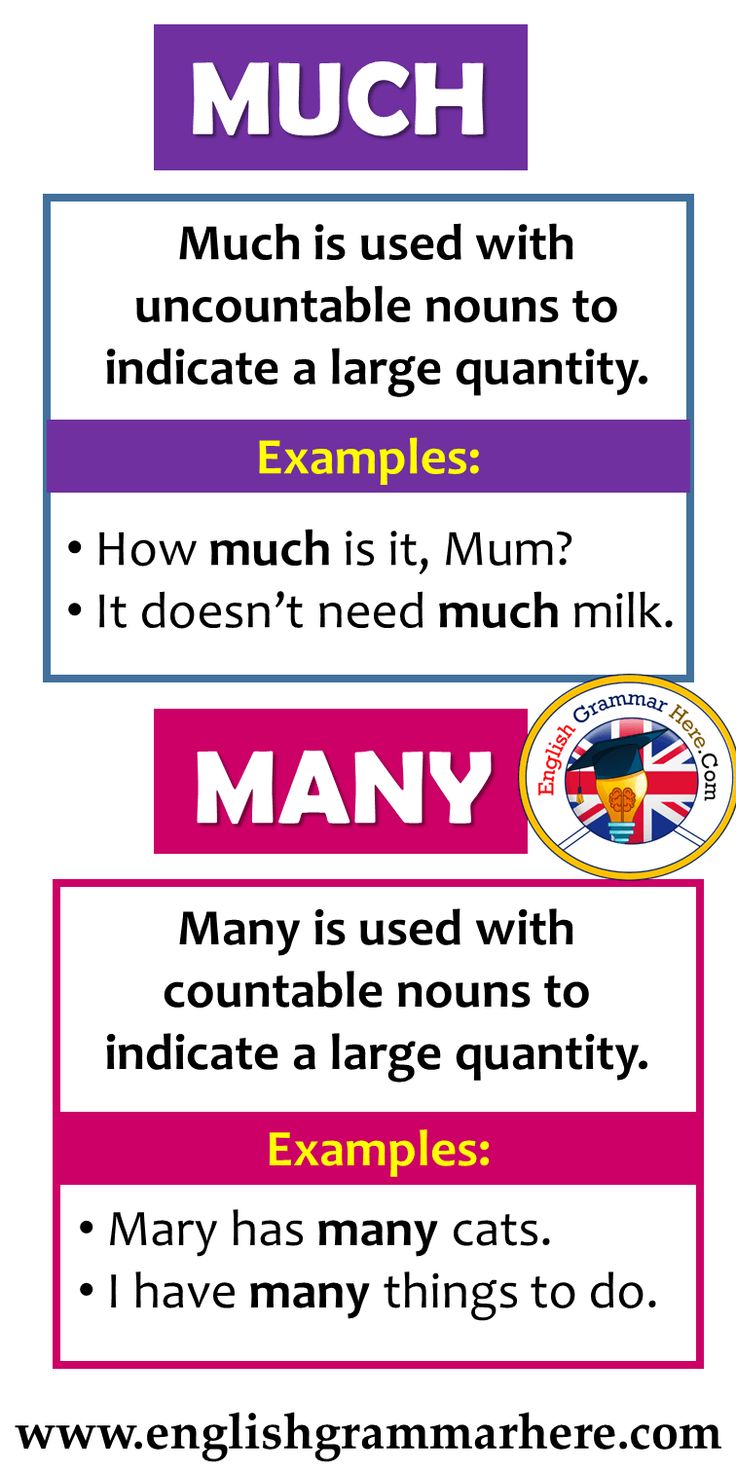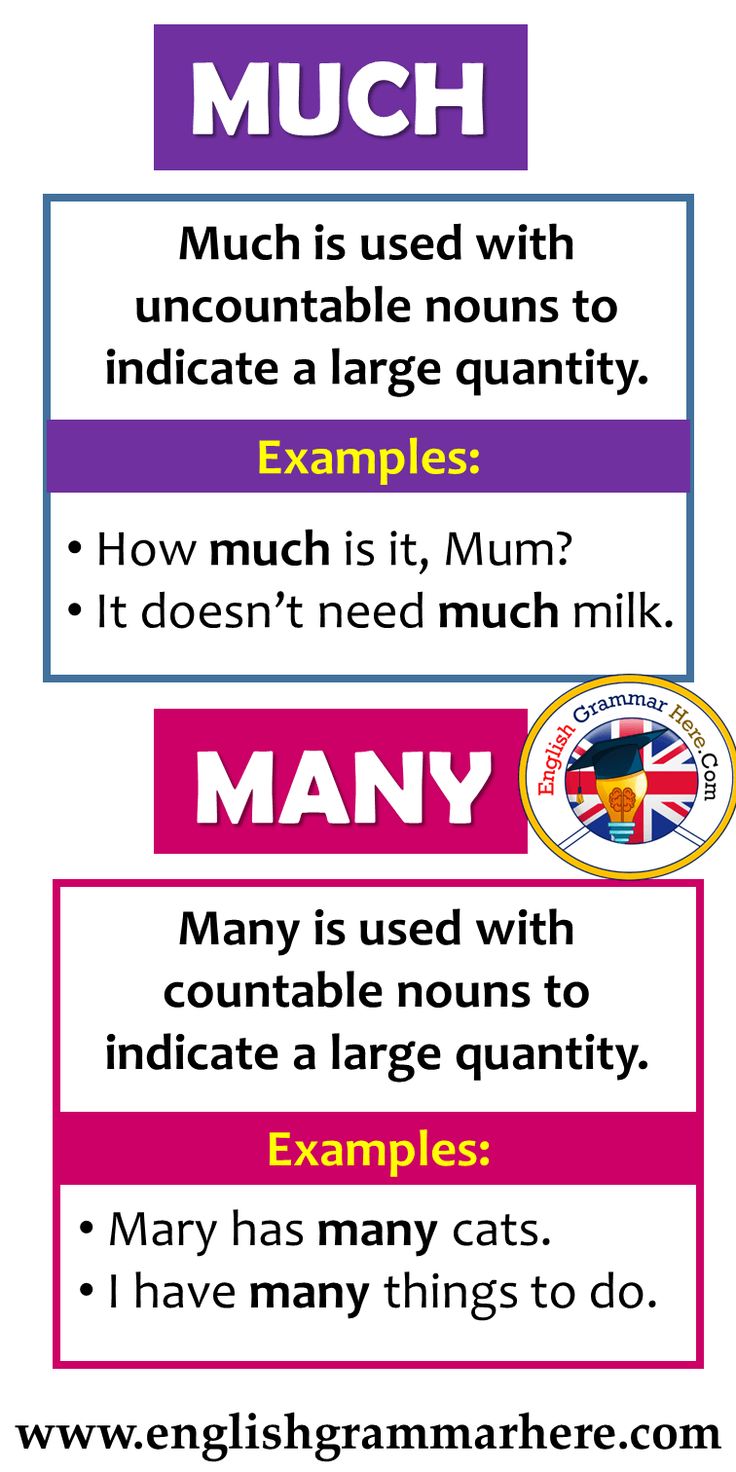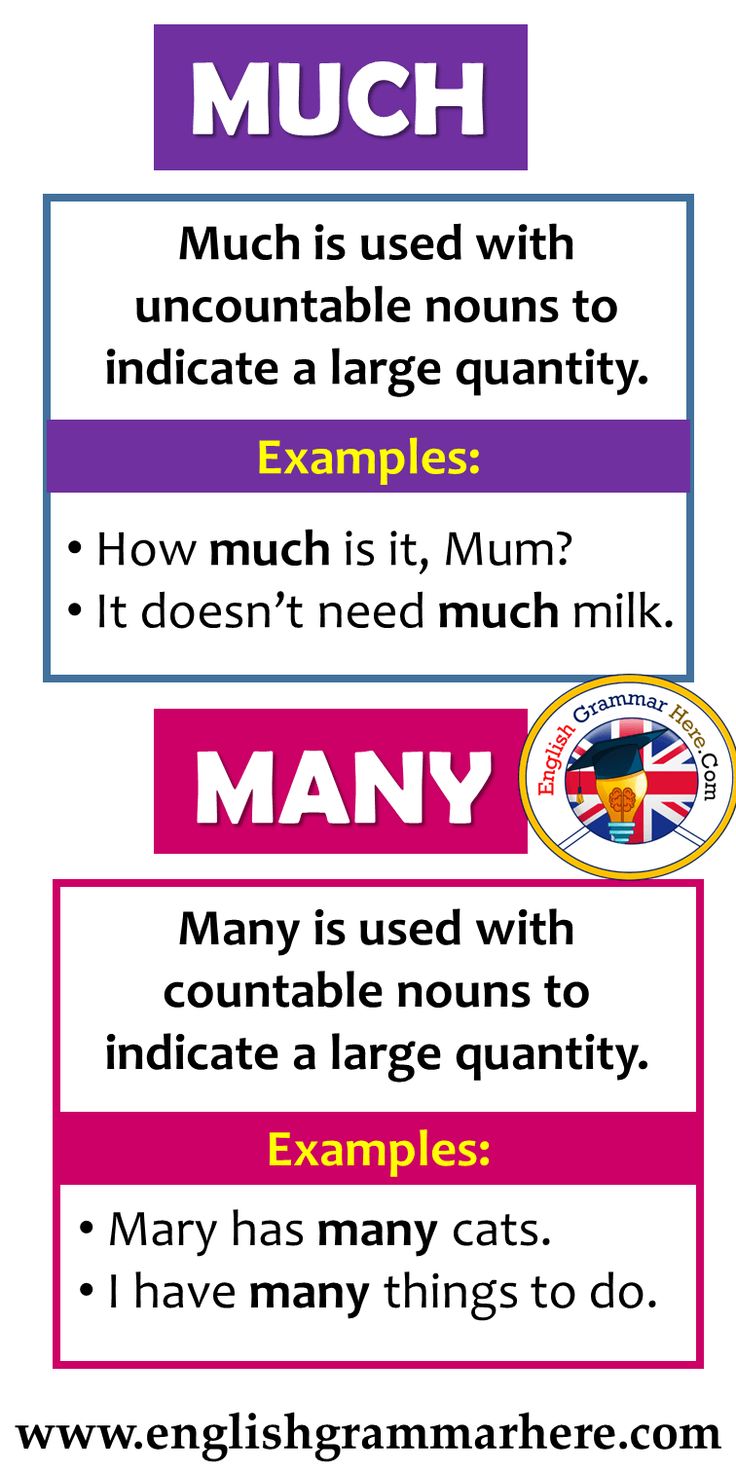How Much Does A Jeep Wrangler Cost Used? Your Ultimate Guide to Off-Road Value
How Much Does A Jeep Wrangler Cost Used? Your Ultimate Guide to Off-Road Value jeeps.truckstrend.com
The Jeep Wrangler isn’t just a vehicle; it’s a statement, an icon of adventure, and a symbol of unparalleled off-road capability. For many, the dream of owning a Wrangler is a potent one, but the price tag of a new model can be a significant barrier. This leads countless enthusiasts to the robust used market, where a vast array of pre-owned Wranglers awaits. But the question that quickly arises is: How much does a used Jeep Wrangler cost?
The answer, as you might expect, isn’t a simple figure. The cost of a used Jeep Wrangler is a complex interplay of numerous factors, ranging from its age and condition to its specific trim level and the economic climate. Understanding these variables is crucial for anyone looking to navigate the used Wrangler market wisely, ensuring you find the perfect blend of capability, condition, and value that fits your budget and adventurous spirit. This comprehensive guide will dissect the elements that drive used Wrangler prices, offer practical advice for buyers, and provide a clear picture of what you can expect to pay for your next off-road companion.
How Much Does A Jeep Wrangler Cost Used? Your Ultimate Guide to Off-Road Value
The Enduring Appeal of the Used Jeep Wrangler
Before diving into the numbers, it’s worth appreciating why used Jeep Wranglers hold such strong appeal. Their legendary 4×4 capability, removable tops and doors, and a vast aftermarket for customization make them incredibly versatile and fun. This unique combination ensures they retain a significant portion of their value, often depreciating slower than many other vehicles. A used Wrangler offers an accessible entry point into the Jeep lifestyle, allowing buyers to enjoy its rugged charm and go-anywhere attitude without the premium of a brand-new model.
Key Factors Influencing Used Wrangler Prices
The price of a used Jeep Wrangler is not arbitrary; it’s a direct reflection of several key characteristics and market dynamics. Understanding these will empower you to make an informed decision.
1. Model Year and Generation
The age of the Wrangler is perhaps the most significant determinant of its price. Jeep Wranglers have evolved through several distinct generations, each bringing different features, styling, and price points.

- CJ (1945-1986): These are vintage, often collector’s items or project vehicles. Prices vary wildly based on originality, condition, and rarity.
- YJ (1987-1995): Distinctive for its square headlights. More affordable, but parts can be harder to find.
- TJ (1997-2006): A popular choice for budget-conscious buyers, known for its coil-spring suspension and the coveted "LJ" (Unlimited) extended wheelbase model. Generally robust and capable.
- JK (2007-2018): The first generation to offer a four-door "Unlimited" model, significantly expanding its appeal. This generation represents a sweet spot for many used buyers, offering modern amenities without the newest price tag.
- JL (2018-Present): The current generation, featuring more advanced technology, improved engines (including hybrid options), and refined interiors. These command the highest used prices.

Newer models (JL) will naturally be more expensive than older ones (JK, TJ), assuming similar condition and mileage.
2. Trim Level
Jeep offers various trim levels, each with different standard features, capabilities, and consequently, price tags.

- Sport/Sport S: The base models, offering essential Wrangler features. Most affordable.
- Willys/Rubicon X/Freedom: Often special editions or mid-range trims with some added off-road features or cosmetic enhancements.
- Sahara: More focused on comfort and daily drivability, with premium interior materials, body-colored fenders, and more tech features.
- Rubicon: The pinnacle of off-road capability, featuring heavy-duty axles, electronic locking differentials, disconnecting sway bars, and a lower transfer case gear ratio. These consistently command the highest prices due to their specialized equipment.
- High Altitude/Mojave (JL): Newer, luxury-oriented, or desert-running focused trims that push prices even higher.
A used Rubicon, even an older one, will typically be more expensive than a newer Sport model due to its factory-installed off-road hardware.
3. Mileage
Like any used vehicle, lower mileage generally translates to a higher price. Wranglers are known for their durability, but high mileage (e.g., over 100,000-150,000 miles) can indicate more wear and tear, potentially leading to more immediate maintenance needs. However, a well-maintained high-mileage Wrangler can still be a great value.
4. Condition (Mechanical & Cosmetic)
This is paramount. A meticulously maintained Wrangler with complete service records will fetch a higher price than one that has been neglected, even if it has lower mileage. Look for:
- Rust: Especially on the frame, suspension components, and body panels, particularly in regions with harsh winters.
- Interior Wear: Rips, stains, or excessive wear on seats, dashboard, and carpets.
- Mechanical Health: Engine noises, transmission issues, suspension clunks, fluid leaks. A pre-purchase inspection by a trusted mechanic is non-negotiable.
- Accident History: Clean vehicle history reports (CarFax, AutoCheck) are essential.
5. Two-Door vs. Four-Door (Unlimited)
The introduction of the four-door Unlimited model in 2007 (JK generation) dramatically increased the Wrangler’s practicality for families and daily drivers. As a result, four-door Wranglers typically command higher prices than their two-door counterparts due to increased demand and utility.
6. Transmission Type
While less of a factor than others, automatic transmissions are generally more common and slightly preferred by the majority of buyers, potentially leading to a marginal price premium over manual transmissions in the used market.
7. Aftermarket Modifications
Many Wranglers are modified by their owners. Modifications can be a double-edged sword:
- Value-Adding: High-quality lifts, wheels, tires, winches, and armor from reputable brands can add value, especially if they are professionally installed and suit your intended use.
- Value-Detracting: Poorly installed modifications, cheap parts, or highly specialized setups (e.g., extreme rock crawling rigs) might deter general buyers or indicate potential underlying issues. Always scrutinize modified Wranglers.
8. Location
Prices can vary by geographical region due to demand, climate (e.g., rust is more prevalent in the "rust belt"), and local market conditions.
9. Market Demand & Economic Conditions
The overall used car market, fuel prices, and general economic stability can also influence prices. During periods of high demand for used vehicles, prices tend to rise.
Estimating Used Wrangler Costs by Generation
To give you a clearer picture, here are approximate price ranges for used Jeep Wranglers across different generations and common trim levels. Please note: These are estimates and highly subject to change based on the specific factors listed above, market fluctuations, and regional differences.
Average Used Jeep Wrangler Price Ranges (Estimates)
| Generation / Year Range | Trim Level Examples | 2-Door Price Range (USD) | 4-Door Price Range (USD) | Key Considerations |
| :———————- | :—————— | :———————– | :———————– | :——————————————————————————————————————————————————————————————————————————————————————————————————————————————————————————————————————————————————————————————————————————————————————————————————————————————————————————————————————————————————————————————————————————————————————————————————————————————————————————————————————————————————————————————————————————————————————————————————————————————————————————————————————————————————————————————————————————————————————————————————————————————————————————————————————————————————————————————————————————————————————————————————————————————————————————————————————————————————————————————————————————————————————————————————————————————————————————————————————————————————————————————————————————————————————————————————————————————————————————————————————————————————————————————————————————————————————————————————————————————————————————————————————————————————————————————————————————————————————————————————————————————————————————————————————————————————————————————————————————————————————————————————————————————————————————————————————————————————————————————————————————————————————————————————————————————————————————————————————————————————————————————————————————————————————————————————————————————————————————————————————————————————————————————————————————————————————————————————————————————————————————————————————————————————————————————————————————————————————————————————————————————————————————————————————————————————————————————————————————————————————————————————————————————————————————————————————————————————————————————————————————————————————————————————————————————————————————————————————————————————————————————————————————————————————————————————————————————————————————————————————————————————————————————————————————————————————————————————————————————————————————————————————————————————————————————————————————————————————————————————————————————————————————————————————————————————————————————————————————————————————————————————————————————————————————————————————————————————————————————————————————————————————————————————————————————————————————————————————————————————————————————————————————————————————————————————————————————————————————————————————————————————————————————————————————————————————————————————————————————————————————————————————————————————————————————————————————————————————————————————————————————————————————————————————————————————————————————————————————————————————————————————————————————————————————————————————————————————————————————————————————————————————————————————————————————————————————————————————————————————————————————————————————————————————————————————————————————————————————————————————————————————————————————————————————————————————————————————————————————————————————————————————————————————————————————————————————————————————————————————————————————————————————————————————————————————————————————————————————————————————————————————————————————————————————————————————————————————————————————————————————————————————————————————————————————————————————————————————————————————————————————————————————————————————————————————————————————————————————————————————————————————————————————————————————————————————————————————————————————————————————————————————————————————————————————————————————————————————————————————————————————————————————————————————————————————————————————————————————————————————————————————————————————————————————————————————————————————————————————————————————————————————————————————————————————————————————————————————————————————————————————————————————————————————————————————————————————————————————————————————————————————————————————————————————————————————————————————————————————————————————————————————————————————————————————————————————————————————————————————————————————————————————————————————————————————————————————————————————————————————————————————————————————————————————————————————————————————————————————————————————————————————————————————————————————————————————————————————————————————————————————————————————————————————————————————————————————————————————————————————————————————————————————————————————————————————————————————————————————————————————————————————————————————————————————————————————————————————————————————————————————————————————————————————————————————————————————————————————————————————————————————————————————————————————————————————————————————————————————————————————————————————————————————————————————————————————————————————————————————————————————————————————————————————————————————————————————————————————————————————————————————————————————————————————————————————————————————————————————————————————————————————————————————————————————————————————————————————————————————————————————————————————————————————————————————————————————————————————————————————————————————————————————————————————————————————————————————————————————————————————————————————————————————————————————————————————————————————————————————————————————————————————————————————————————————————————————————————————————————————————————————————————————————————————————————————————————————————————————————————————————————————————————————————————————————————————————————————————————————————————————————————————————————————————————————————————————————————————————————————————————————————————————————————————————————————————————————————————————————————————————————————————————————————————————————————————————————————————————————————————————————————————————————————————————————————————————————————————————————————————————————————————————————————————————————————————————————————————————————————————————————————————————————————————————————————————————————————————————————————————————————————————————————————————————————————————————————————————————————————————————————————————————————————————————————————————————————————————————————————————————————————————————————————————————————————————————————————————————————————————————————————————————————————————————————————————————————————————————————————————————————————————————————————————————————————————————————————————————————————————————————————————————————————————————————————————————————————————————————————————————————————————————————————————————————————————————————————————————————————————————————————————————————————————————————————————————————————————————————————————————————————————————————————————————————————————————————————————————————————————————————————————————————————————————————————————————————————————————————————————————————————————————————————————————————————————————————————————————————————————————————————————————————————————————————————————————————————————————————————————————————————————————————————————————————————————————————————————————————————————————————————————————————————————————————————————————————————————————————————————————————————————————————————————————————————————————————————————————————————————————————————————————————————————————————————————————————————————————————————————————————————————————————————————————————————————————————————————————————————————————————————————————————————————————————————————————————————————————————————————————————————————————————————————————————————————————————————————————————————————————————————————————————————————————————————————————————————————————————————————————————————————————————————————————————————————————————————————————————————————————————————————————————————————————————————————————————————————————————————————————————————————————————————————————————————————————————————————————————————————————————————————————————————————————————————————————————————————————————————————————————————————————————————————————————————————————————————————————————————————————————————————————————————————————————————————————————————————————————————————————————————————————————————————————————————————————————————————————————————————————————————————————————————————————————————————————————————————————————————————————————————————————————————————————————————————————————————————————————————————————————————————————————————————————————————————————————————————————————————————————————————————————————————————————————————————————————————————————————————————————————————————————————————————————————————————————————————————————————————————————————————————————————————————————————————————————————————————————————————————————————————————————————————————————————————————————————————————————————————————————————————————————————————————————————————————————————————————————————————————————————————————————————————————————————————————————————————————————————————————————————————————————————————————————————————————————————————————————————————————————————————————————————————————————————————————————————————————————————————————————————————————————————————————————————————————————————————————————————————————————————————————————————————————————————————————————————————————————————————————————————————————————————————————————————————————————————————————————————————————————————————————————————————————————————————————————————————————————————————————————————————————————————————————————————————————————————————————————————————————————————————————————————————————————————————————————————————————————————————————————————————————————————————————————————————————————————————————————————————————————————————————————————————————————————————————————————————————————————————————————————————————————————————————————————————————————————————————————————————————————————————————————————————————————————————————————————————————————————————————————————————————————————————————————————————————————————————————————————————————————————————————————————————————————————————————————————————————————————————————————————————————————————————————————————————————————————————————————————————————————————————————————————————————————————————————————————————————————————————————————————————————————————————————————————————————————————————————————————————————————————————————————————————————————————————————————————————————————————————————————————————————————————————————————————————————————————————————————————————————————————————————————————————————————————————————————————————————————————————————————————————————————————————————————————————————————————————————————————————————————————————————————————————————————————————————————————————————————————————————————————————————————————————————————————————————————————————————————————————————————————————————————————————————————————————————————————————————————————————————————————————————————————————————————————————————————————————————————————————————————————————————————————————————————————————————————————————————————————————————————————————————————————————————————————————————————————————————————————————————————————————————————————————————————————————————————————————————————————————————————————————————————————————————————————————————————————————————————————————————————————————————————————————————————————————————————————————————————————————————————————————————————————————————————————————————————————————————————————————————————————————————————————————————————————————————————————————————————————————————————————————————————————————————————————————————————————————————————————————————————————————————————————————————————————————————————————————————————————————————————————————————————————————————————————————————————————————————————————————————————————————————————————————————————————————————————————————————————————————————————————————————————————————————————————————————————————————————————————————————————————————————————————————————————————————————————————————————————————————————————————————————————————————————————————————————————————————————————————————————————————————————————————————————————————————————————————————————————————————————————————————————————————————————————————————————————————————————————————————————————————————————————————————————————————————————————————————————————————————————————————————————————————————————————————————————————————————————————————————————————————————————————————————————————————————————————————————————————————————————————————————————————————————————————————————————————————————————————————————————————————————————————————————————————————————————————————————————————————————————————————————————————————————————————————————————————————————————————————————————————————————————————————————————————————————————————————————————————————————————————————————————————————————————————————————————————————————————————————————————————————————————————————————————————————————————————————————————————————————————————————————————————————————————————————————————————————————————————————————————————————————————————————————————————————————————————————————————————————————————————————————————————————————————————————————————————————————————————————————————————————————————————————————————————————————————————————————————————————————————————————————————————————————————————————————————————————————————————————————————————————————————————————————————————————————————————————————————————————————————————————————————————————————————————————————————————————————————————————————————————————————————————————————————————————————————————————————————————————————————————————————————————————————————————————————————————————————————————————————————————————————————————————————————————————————————————————————————————————————————————————————————————————————————————————————————————————————————————————————————————————————————————————————————————————————————————————————————————————————————————————————————————————————————————————————————————————————————————————————————————————————————————————————————————————————————————————————————————————————————————————————————————————————————————————————————————————————————————————————————————————————————————————————————————————————————————————————————————————————————————————————————————————————————————————————————————————————————————————————————————————————————————————————————————————————————————————————————————————————————————————————————————————————————————————————————————————————————————————————————————————————————————————————————————————————————————————————————————————————————————————————————————————————————————————————————————————————————————————————————————————————————————————————————————————————————————————————————————————————————————————————————————————————————————————————————————————————————————————————————————————————————————————————————————————————————————————————————————————————————————————————————————————————————————————————————————————————————————————————————————————————————————————————————————————————————————————————————————————————————————————————————————————————————————————————————————————————————————————————————————————————————————————————————————————————————————————————————————————————————————————————————————————————————————————————————————————————————————————————————————————————————————————————————————————————————————————————————————————————————————————————————————————————————————————————————————————————————————————————————————————————————————————————————————————————————————————————————————————————————————————————————————————————————————————————————————————————————————————————————————————————————————————————————————————————————————————————————————————————————————————————————————————————————————————————————————————————————————————————————————————————————————————————————————————————————————————————————————————————————————————————————————————————————————————————————————————————————————————————————————————————————————————————————————————————————————————————————————————————————————————————————————————————————————————————————————————————————————————————————————————————————————————————————————————————————————————————————————————————————————————————————————————————————————————————————————————————————————————————————————————————————————————————————————————————————————————————————————————————————————————————————————————————————————————————————————————————————————————————————————————————————————————————————————————————————————————————————————————————————————————————————————————————————————————————————————————————————————————————————————————————————————————————————————————————————————————————————————————————————————————————————————————————————————————————————————————————————————————————————————————————————————————————————————————————————————————————————————————————————————————————————————————————————————————————————————————————————————————————————————————————————————————————————————————————————————————————————————————————————————————————————————————————————————————————————————————————————————————————————————————————————————————————————————————————————————————————————————————————————————————————————————————————————————————————————————————————————————————————————————————————————————————————————————————————————————————————————————————————————————————————————————————————————————————————————————————————————————————————————————————————————————————————————————————————————————————————————————————————————————————————————————————————————————————————————————————————————————————————————————————————————————————————————————————————————————————————————————————————————————————————————————————————————————————————————————————————————————————————————————————————————————————————————————————————-## How Much Does a Jeep Wrangler Cost Used? Your Ultimate Guide to Off-Road Value
The Jeep Wrangler isn’t merely a vehicle; it’s a passport to adventure, an iconic symbol of freedom, and a testament to enduring off-road capability. Its distinctive design, removable doors and roof, and legendary 4×4 prowess have cemented its place in automotive history. While the allure of a brand-new Wrangler is undeniable, its price tag often steers enthusiasts towards the robust and vibrant used market. This naturally leads to the pivotal question: "How much does a used Jeep Wrangler cost?"
The answer, as any seasoned automotive buyer knows, is far from a single number. The price of a pre-owned Jeep Wrangler is a dynamic figure, influenced by a complex interplay of factors including its age, condition, specific trim level, the economic climate, and even its history. Understanding these variables is not just beneficial; it’s absolutely crucial for anyone looking to navigate the used Wrangler market effectively. This comprehensive guide will meticulously break down the elements that drive used Wrangler prices, offer practical advice for discerning buyers, and provide a clear, actionable roadmap to help you find the perfect blend of capability, condition, and value that aligns with your budget and adventurous aspirations.
The Enduring Allure and Value Retention of the Used Jeep Wrangler
Before delving into the intricate pricing mechanisms, it’s essential to appreciate why used Jeep Wranglers maintain such strong appeal and hold their value remarkably well. Unlike many vehicles that experience steep depreciation the moment they leave the lot, Wranglers boast exceptional resale value. This phenomenon is rooted in several unique attributes:
- Timeless Design: The Wrangler’s aesthetic has remained largely consistent and universally recognized, making even older models visually appealing.
- Unmatched Capability: Its purpose-built design for off-road dominance ensures a consistent demand from outdoor enthusiasts and adventurers.
- Customization Potential: The vast aftermarket industry allows owners to personalize their Wranglers endlessly, catering to diverse needs and tastes, which also makes them attractive on the used market.
- Lifestyle Vehicle: Owning a Wrangler is often seen as embracing a specific lifestyle – one of freedom, exploration, and community. This emotional connection contributes to sustained demand.
This unique combination ensures that Wranglers often depreciate slower than many other vehicles, making them a relatively sound investment in the long run. A used Wrangler thus offers a more accessible entry point into the coveted "Jeep life," allowing buyers to enjoy its rugged charm and go-anywhere attitude without the significant financial outlay of a brand-new model.
Key Factors That Significantly Influence Used Wrangler Prices
The price you’ll pay for a used Jeep Wrangler is a direct reflection of a multitude of characteristics and prevailing market dynamics. By understanding these, you’ll be empowered to make a far more informed and strategic purchasing decision.
1. Model Year and Generation: The Age Factor
The age of the Wrangler, and specifically its generation, is arguably the most dominant factor in determining its price. Jeep Wranglers have undergone several distinct evolutionary stages, each bringing different features, styling cues, and, consequently, price tiers.
- CJ (1945-1986): These are considered classic or vintage vehicles, often sought by collectors or those looking for extensive restoration projects. Prices are highly variable, ranging from a few thousand for a shell to tens of thousands for perfectly restored examples.
- YJ (1987-1995): Easily identifiable by its distinctive square headlights, the YJ is an older, more affordable entry point. While capable, parts can sometimes be more challenging to source compared to newer generations.
- TJ (1997-2006): A highly popular choice for budget-conscious buyers, the TJ introduced coil-spring suspension for a more comfortable ride. The stretched "LJ" (Unlimited) model from this era is particularly coveted for its longer wheelbase and increased cargo space. TJs are generally robust, capable, and offer excellent value.
- JK (2007-2018): This generation marked a monumental shift with the introduction of the four-door "Unlimited" model, significantly broadening the Wrangler’s appeal to families and daily drivers. The JK represents a "sweet spot" for many used buyers, balancing modern amenities and safety features with classic ruggedness at a more approachable price than the current generation.
- JL (2018-Present): The current and most technologically advanced generation. JLs feature more refined interiors, improved engines (including mild-hybrid eTorque and plug-in hybrid 4xe options), enhanced safety features, and modern infotainment systems. Naturally, these models command the highest used prices due to their recency and advanced features.
As a general rule, newer models (JL) will carry a higher price tag than older ones (JK, TJ), assuming similar condition and mileage.
2. Trim Level: Capability and Comfort Tiers
Jeep offers a wide array of trim levels for the Wrangler, each equipped with different standard features, levels of luxury, and off-road capabilities, directly impacting their market value.
- Sport/Sport S: These are the base models, offering the essential Wrangler experience. They are typically the most affordable entry into each generation.
- Willys/Freedom/Rubicon X (Special Editions): These often fall into the mid-range, adding specific cosmetic enhancements, unique badging, or a selection of popular options packages.
- Sahara: Aimed at buyers who prioritize comfort and daily drivability. Saharas usually feature body-colored fenders and hardtops, upgraded interior materials, larger wheels, and more integrated technology.
- Rubicon: The undisputed king of off-road prowess. Rubicon models come factory-equipped with heavy-duty Dana 44 axles, electronic locking front and rear differentials, a disconnecting front sway bar for increased articulation, and a lower transfer case gear ratio. Due to their specialized, high-performance off-road hardware, Rubicons consistently command the highest prices across all generations.
- High Altitude/Mojave (JL specific): These are newer, premium trims within the JL lineup. The High Altitude offers a more luxurious, street-oriented experience, while the Mojave is specifically engineered for high-speed desert running. Both push the upper limits of used Wrangler pricing.
It’s not uncommon for an older, well-maintained Rubicon to be priced higher than a newer, base-model Sport due to the inherent value of its specialized factory equipment.
3. Mileage: The Wear and Tear Indicator
As with any used vehicle, lower mileage generally correlates with a higher price. While Wranglers are renowned for their robust powertrains and durability, higher mileage (e.g., exceeding 100,000-150,000 miles) can indicate more accumulated wear and tear on components like suspension, steering, and general drivetrain, potentially leading to more immediate maintenance needs. However, a high-mileage Wrangler with a meticulous service history can still represent an excellent value proposition.
4. Condition: Mechanical Integrity and Cosmetic Appeal
The overall condition of the vehicle—both mechanically and cosmetically—is paramount. A Wrangler that has been meticulously maintained, with a complete and verifiable service history, will naturally command a higher price than a neglected one, even if the latter has lower mileage. When evaluating condition, pay close attention to:
- Rust: This is a major concern, especially on the frame, suspension components, and body panels, particularly for Wranglers from regions with harsh winters or coastal areas.
- Interior Wear: Inspect for rips, excessive stains, worn-out bolsters, or damage to the dashboard and carpets.
- Mechanical Health: Listen for unusual engine noises, check for smooth transmission shifts, clunks from the suspension, and any visible fluid leaks. A pre-purchase inspection (PPI) by an independent, trusted mechanic specializing in Jeeps is an absolute must.
- Accident History: Always request and review comprehensive vehicle history reports (e.g., CarFax, AutoCheck) to uncover past accidents, salvage titles, flood damage, or significant repairs.
5. Two-Door vs. Four-Door (Unlimited): Practicality Premium
The introduction of the four-door "Unlimited" model with the JK generation in 2007 dramatically expanded the Wrangler’s practicality for families, cargo hauling, and daily commuting. As a direct result, four-door Wranglers almost universally command higher prices than their two-door counterparts due to increased demand and superior utility.
6. Transmission Type: A Minor Influence
While not as significant as other factors, the transmission type can subtly influence price. Automatic transmissions are generally more prevalent and preferred by a wider range of buyers, which can sometimes lead to a marginal price premium over manual transmission models in the used market.
7. Aftermarket Modifications: A Double-Edged Sword
Many Wranglers are customized by their owners. Aftermarket modifications can either add or detract from a vehicle’s value:
- Value-Adding: High-quality lifts, larger wheels and tires, winches, heavy-duty bumpers, and

